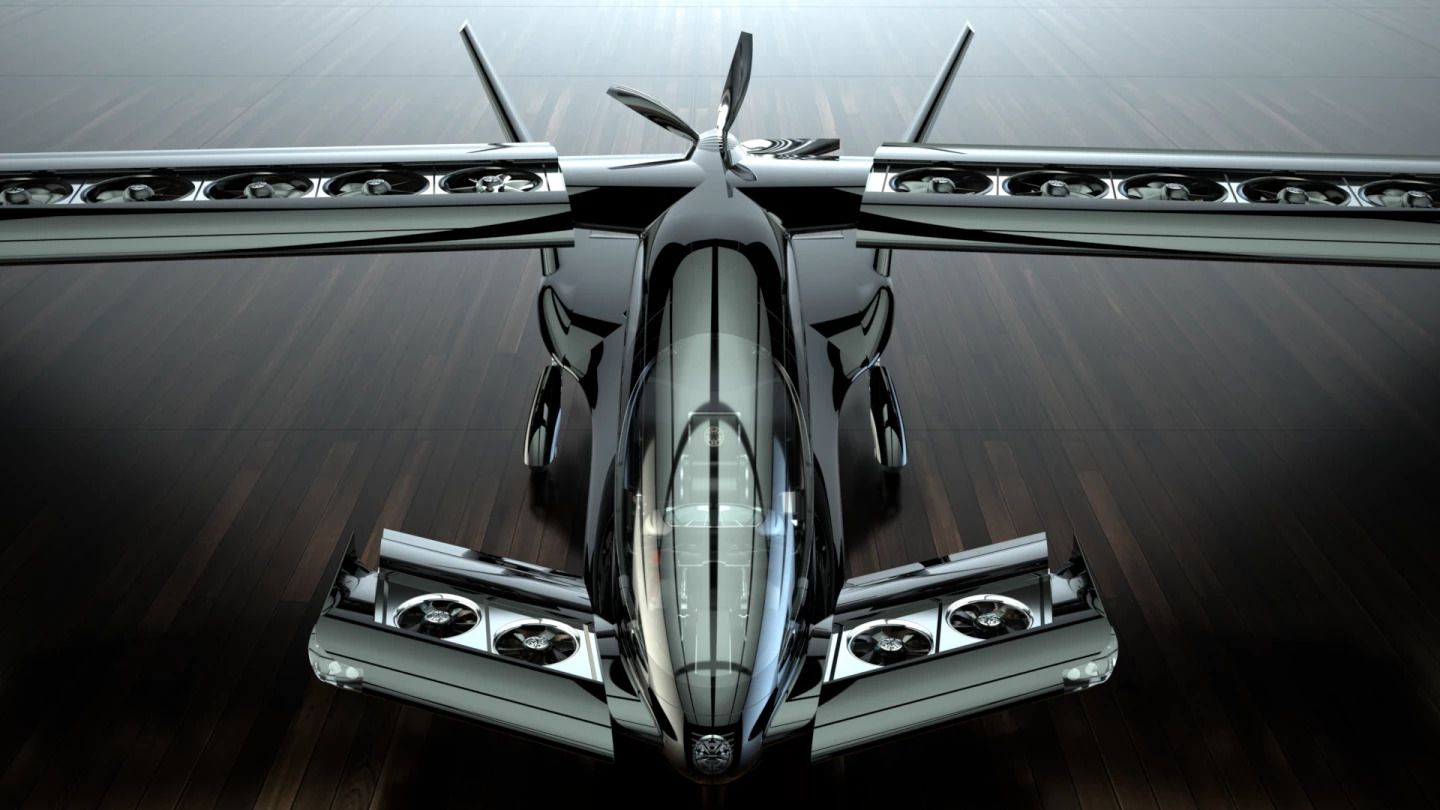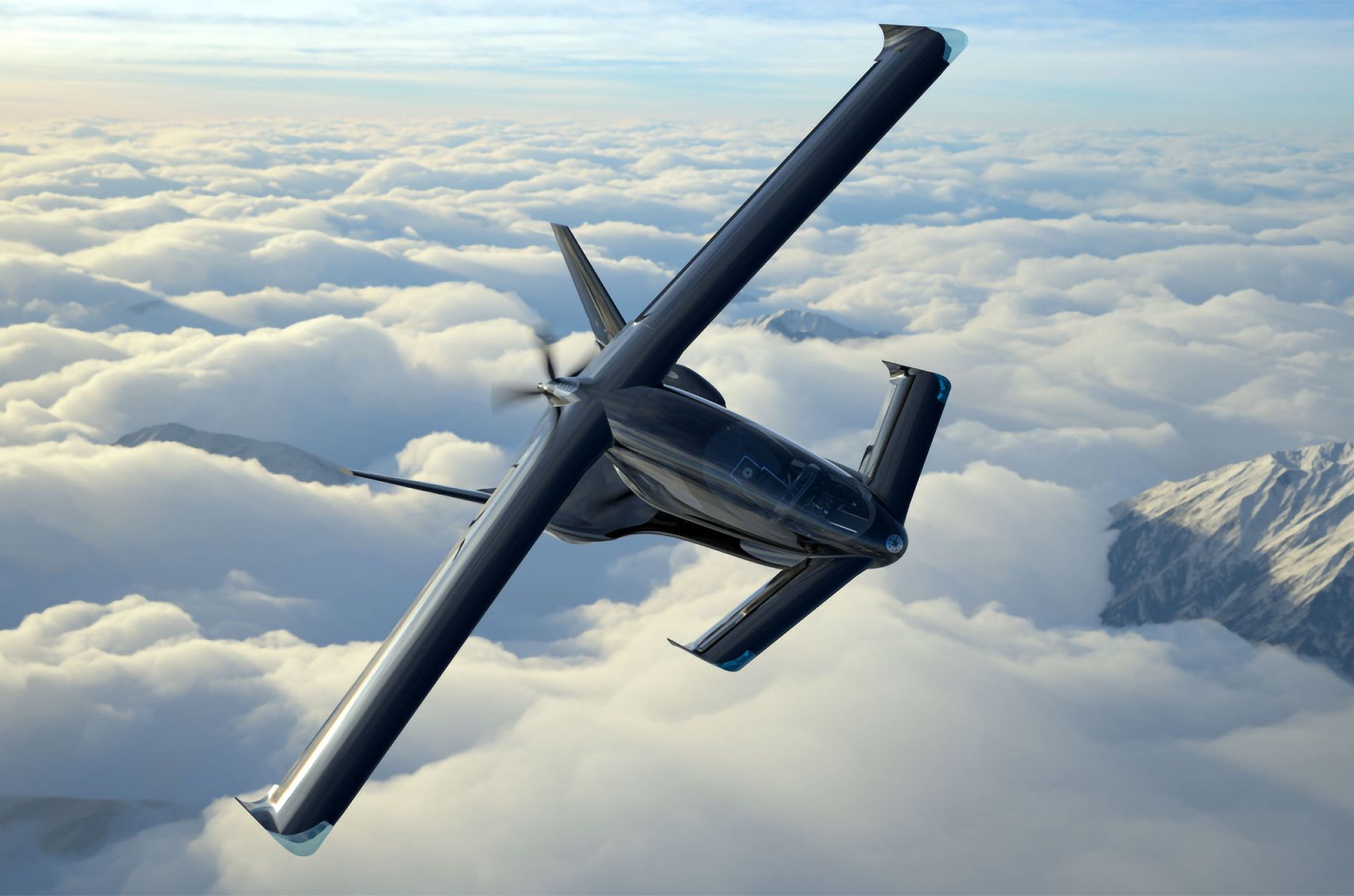While we focus mostly on commercial airplanes and airlines here at Simple Flying, the skies are changing to include more modes of transport - and plenty of acronyms - that Air Traffic Management (ATM) will need to take into consideration.Under the banner of Advanced Air Mobility (AAM), we find the shift towards a system that will incorporate new, transformational aircraft designs and propulsion technologies into existing airspace operations. Within AAM, we have UAM, meaning Urban Air Mobility.Despite having many uses outside of urban environments (as demonstrated by the Australian long-range vehicle that just performed its first test flight), this is usually where electric Vertical Take-Off and Landing (eVTOL) vehicles, also referred to as "air taxis" are bundled. But where to start the integration planning?According to research commissioned by eVTOL developer Horizon Aircraft, these are the types of routes and use cases likely to appear first when UAM moves from testing to implementation and operation.
Toronto-based Horizon conducted the survey in November 2022 among 100 private equity and venture capital professionals. Many expressed optimism that the first eVTOL routes will be operational in 2025 - 28% of the respondents, to be exact. However, 13% were even more bullish on the timeline, saying they would be up and running as early as this year, and 27% placed their bets on 2024, whereas the remainder said 2026 or beyond.
Search and rescue most probable first use, investors believe
However, according to industry insights, commercial passengers, such as, say, ridesharers from downtown Manhattan to Newark Airport, will not be the first patrons of the new mode of transport.
In fact, 27% of the respondents believed the most significant initial use case will be search and rescue, 20% remote supply, and 15% organ transport. Passenger traffic came in third with 14%. Then followed cargo transport, disaster relief, military missions, and medevac.
Get the latest aviation news straight to your inbox: Sign up for our newsletters today.
Brandon Robinson, CEO of Horizon Aircraft, was quoted by Composites World,
“Our research highlights the variety of ways in which eVTOLs can be used — from search and rescue to remote supply, passenger transportation and military missions. This is one of the key reasons why the sector is attracting so much investment, and it will be those aircraft that can be used for multiple purposes that will attract much of this financing.”
Regulators will speed up, but safety will be biggest concern
Almost all, 93%, said the regulatory landscape would evolve rapidly over the next five years to accommodate the need for more environmentally friendly modes of air travel. Meanwhile, the largest market is predicted as the US, followed by the UK, Canada, France, and China.
Named after sci-fi classic
Horizon Aircraft was founded in 2013. Its contribution to the ever more populated eVTOL arena is the Cavorite X5 (named after the fictional metal in H.G. Wells' 1901 book "The First Men in the Moon." The hybrid-electric five-seat (one pilot plus four passengers) aircraft will have a cruise speed of 215 mph (350 km/h) and a range of 310 miles (500 km). It will be powered by 17 propellers, 16 for VTOL capabilities and one pusher propeller for forward flight.
The company's 50% scale prototype, featuring 780 3D printed parts, is currently undergoing test flights, having completed its first hover test early this year.
Want to know more about sustainability in aviation?
Source: Composites World


